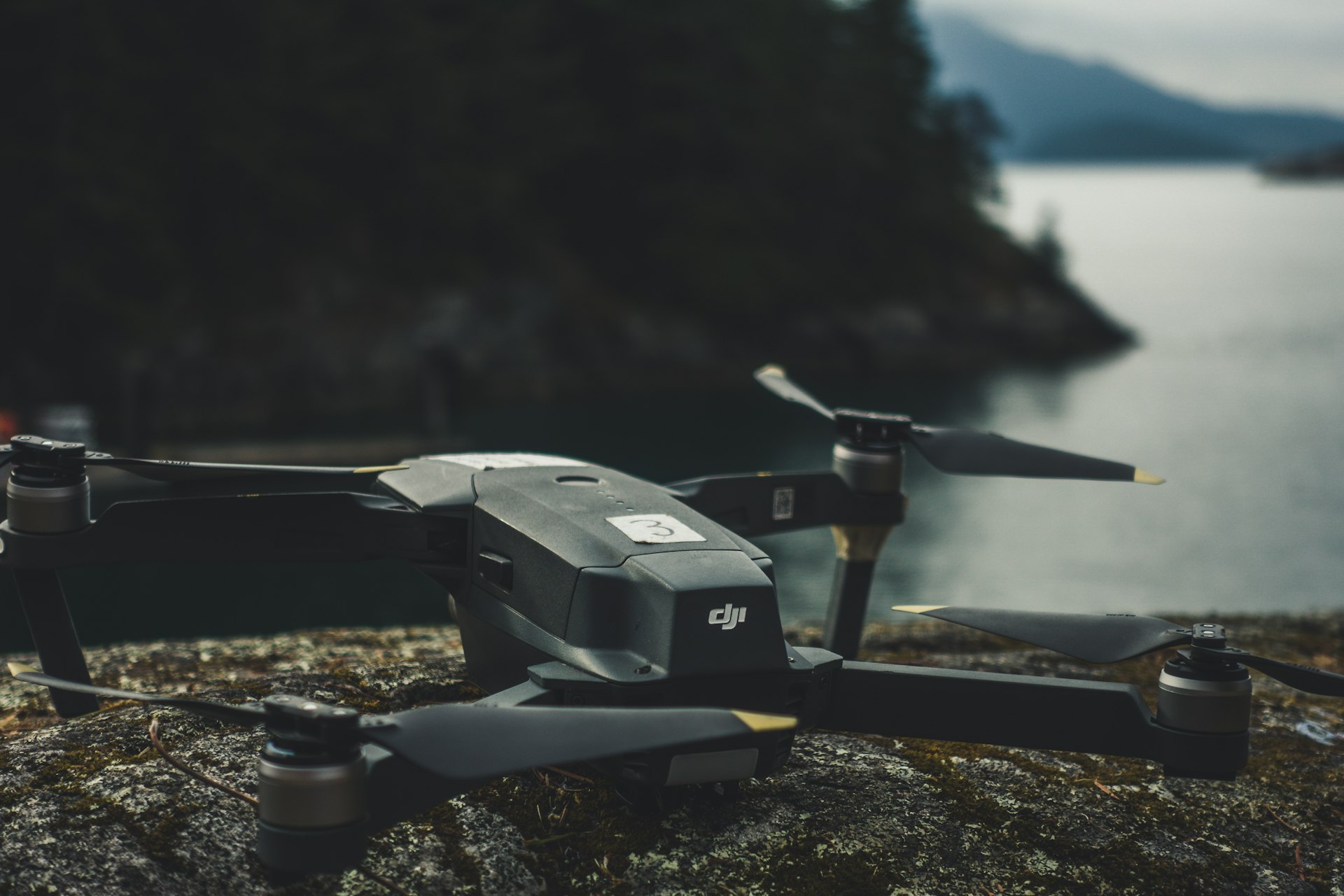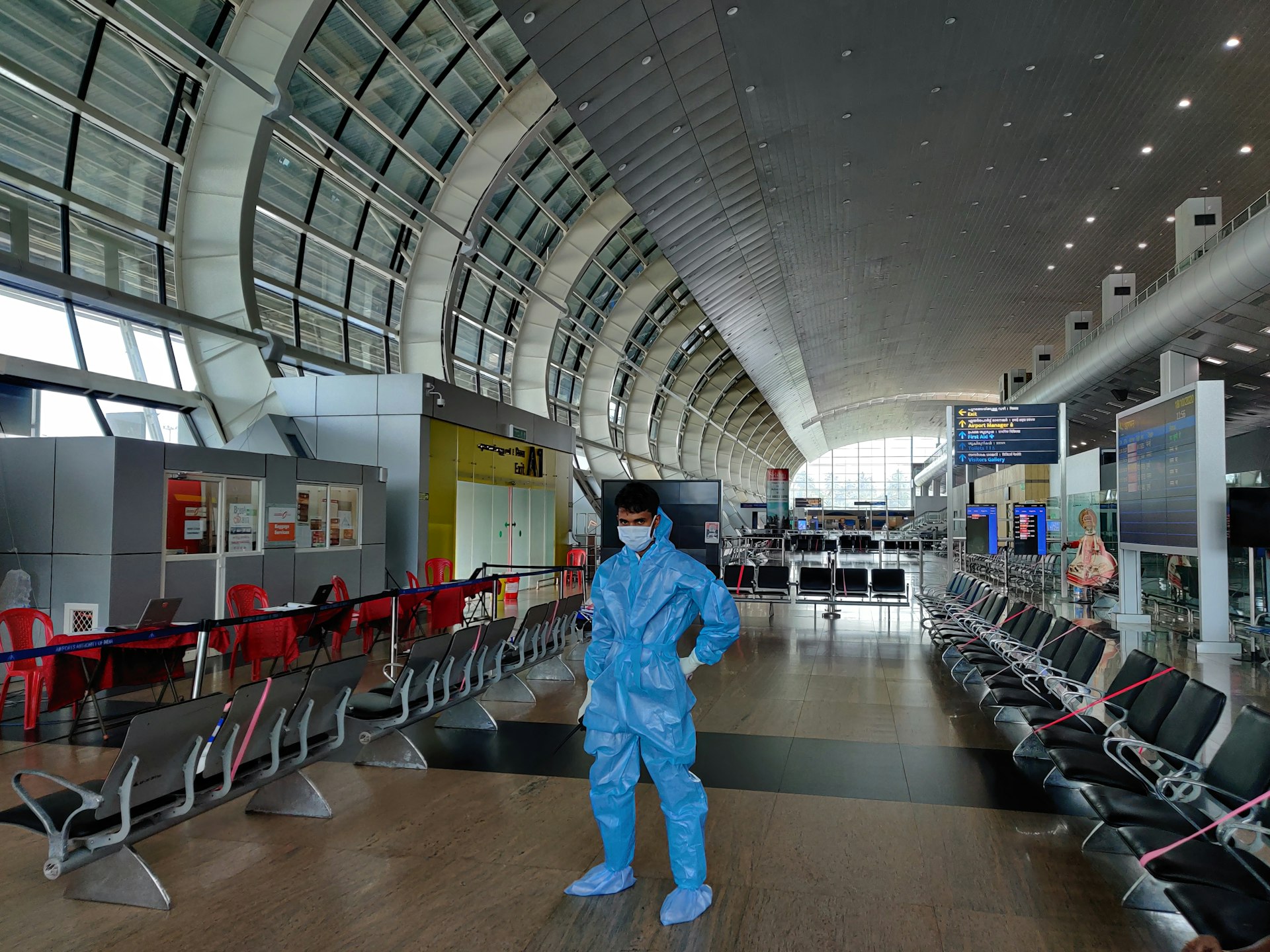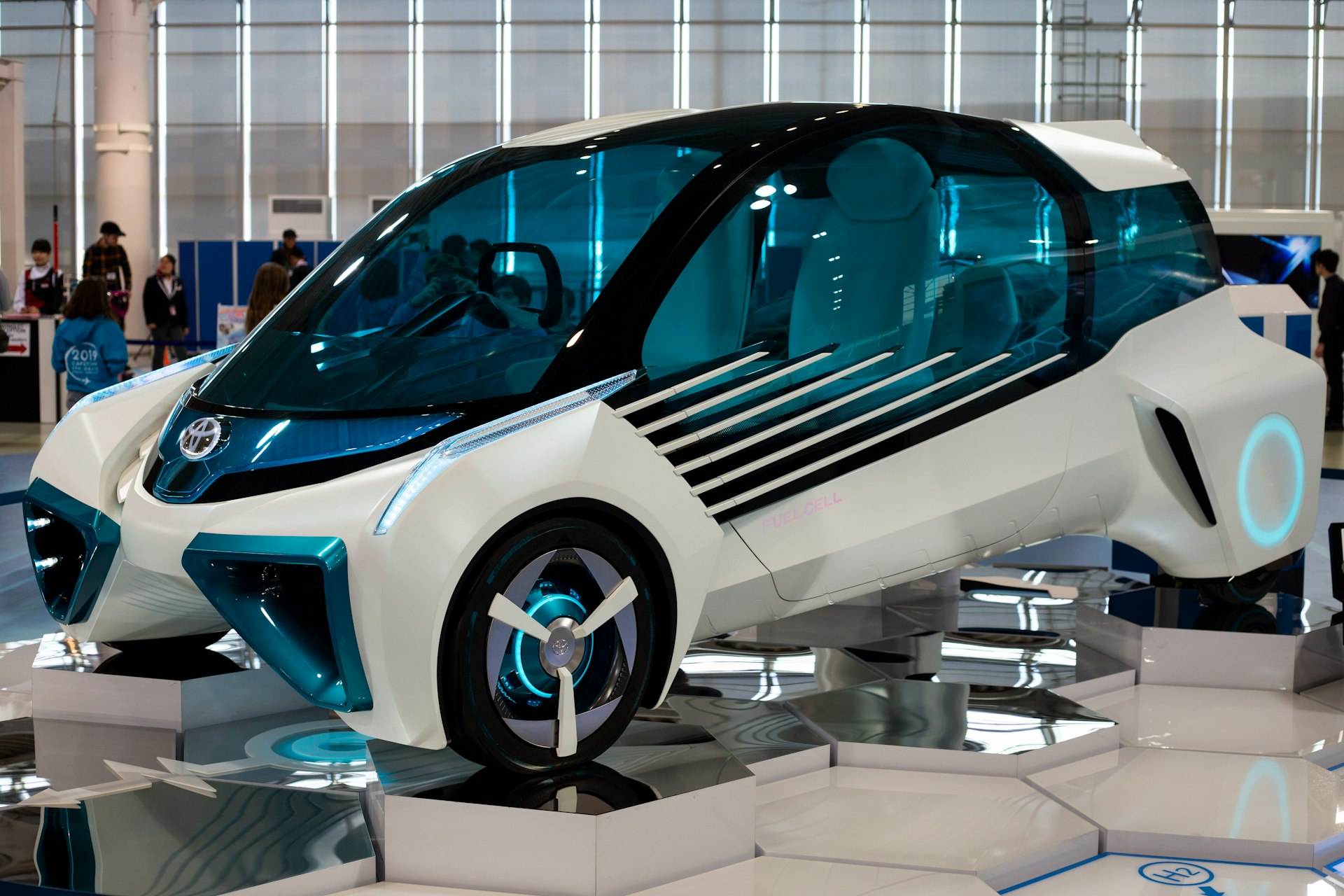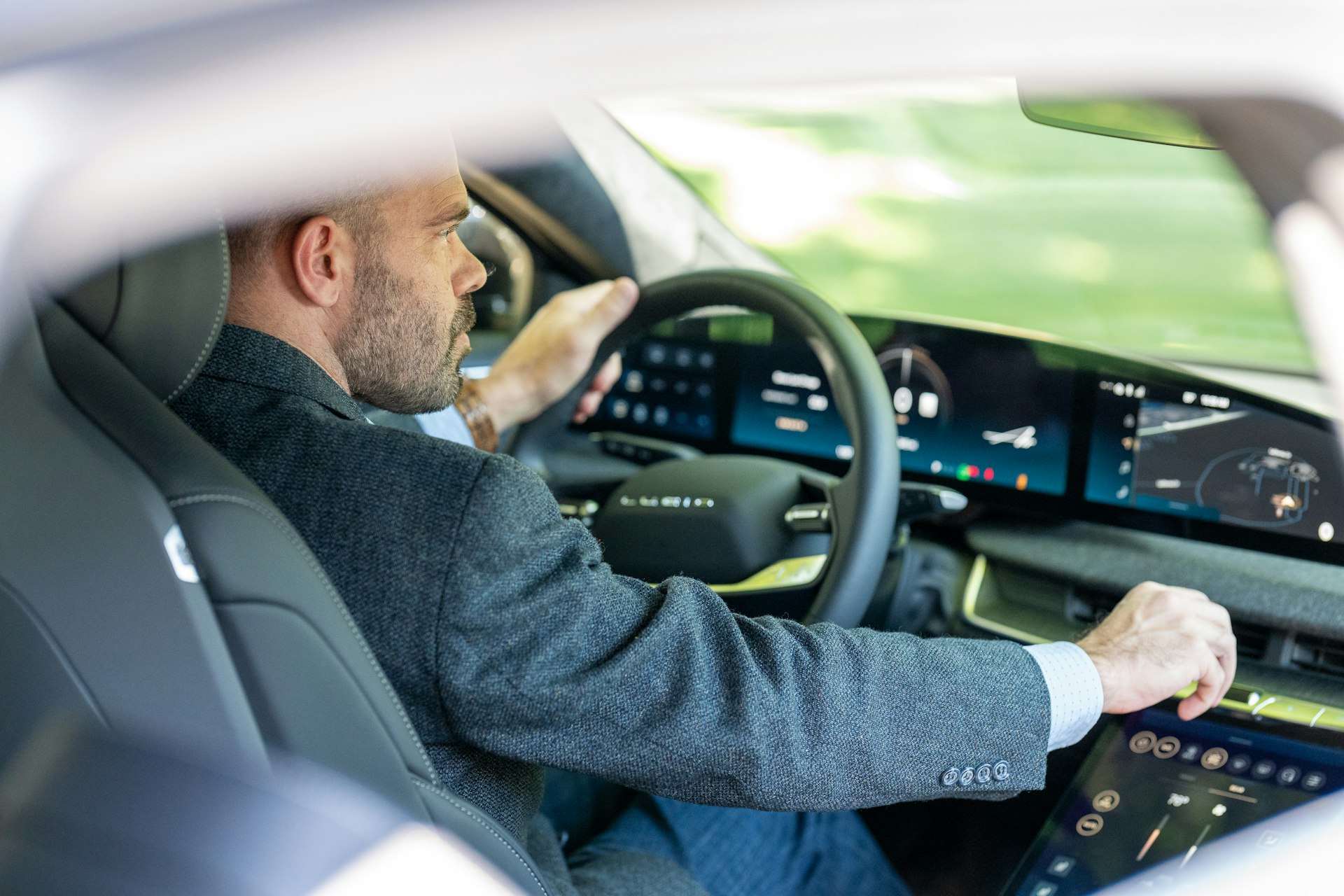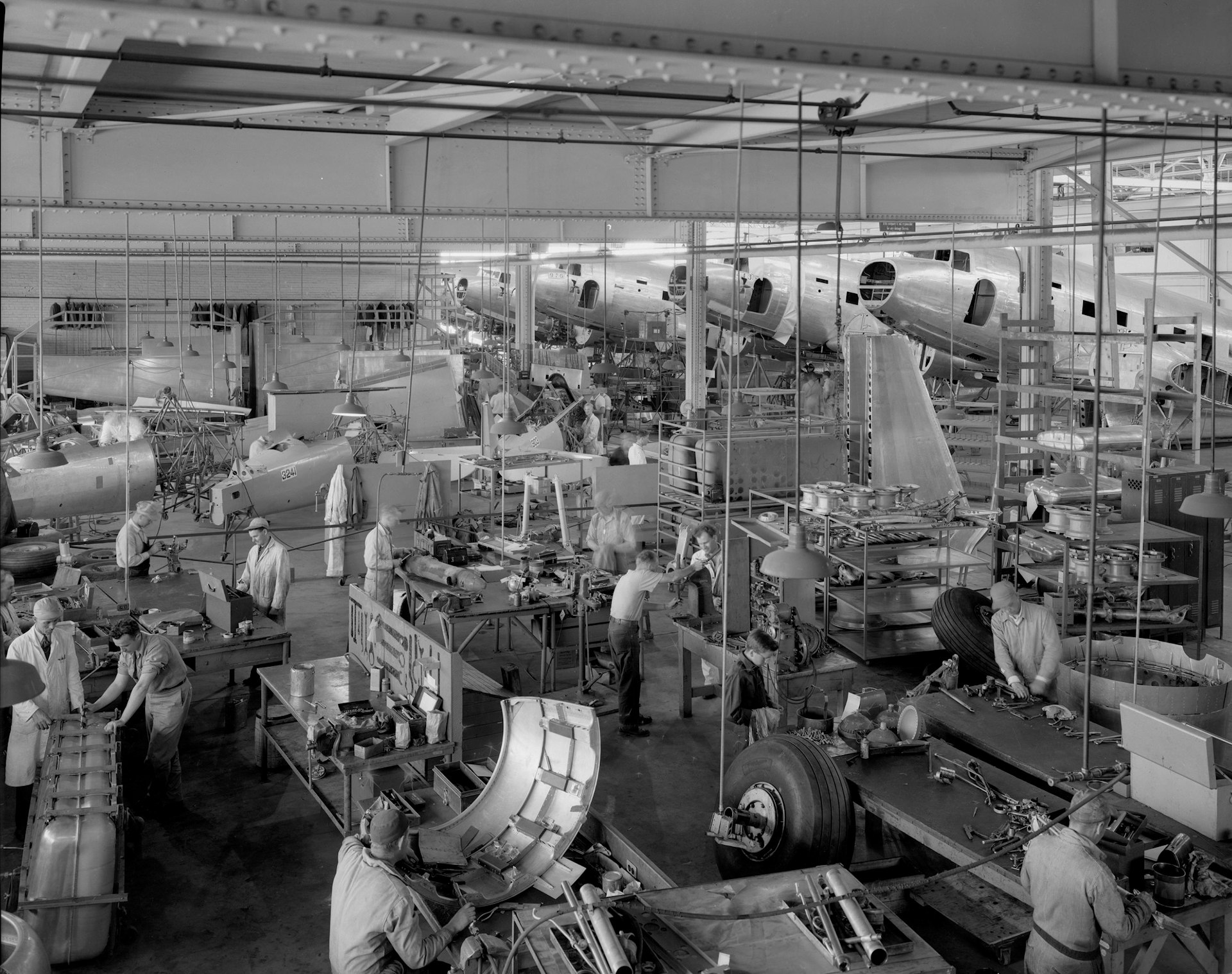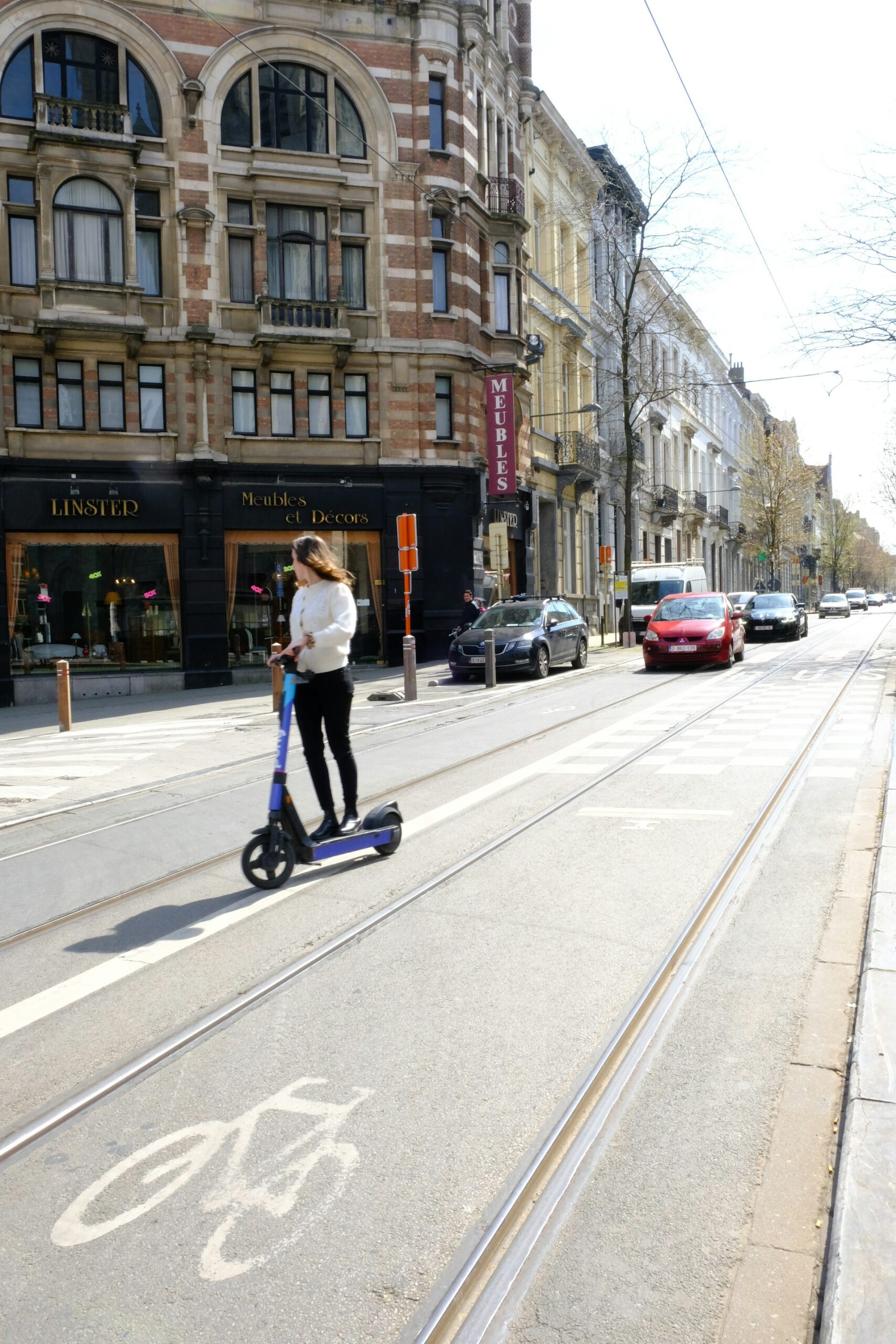How Personalized Driver Assistance Systems Are Shaping Tomorrow’s Road Safety and Experience

Photo by Michael Kahn on Unsplash
Introduction: The Next Era of Driver Assistance
The automotive industry is undergoing rapid transformation as personalized driver assistance systems (ADAS) move from futuristic concepts to everyday realities. These technologies promise to make driving safer, more comfortable, and uniquely tailored to every driver. From advanced sensors to artificial intelligence (AI) and cloud connectivity, the future of driver assistance is being defined by personalization, automation, and enhanced user experience.
Key Innovations in Personalized Driver Assistance
Recent years have seen major breakthroughs in vehicle technology, with Advanced Driver-Assistance Systems (ADAS) now standard in many new cars. By 2025, features such as predictive collision avoidance, smart lane-changing, and enhanced spatial awareness are reshaping driving safety and convenience [1] [2] . Over 98 million vehicles on US roads now feature some form of ADAS, reflecting widespread adoption and consumer demand for smarter, safer driving experiences [3] .
Among the most anticipated advancements:
- Augmented Reality (AR) Head-Up Displays : Projects navigation overlays, hazard warnings, and traffic sign recognition directly onto the windshield, reducing distraction and improving reaction time [4] .
- Cloud Integration and Over-the-Air (OTA) Updates : Allows vehicles to receive software improvements and new features after purchase, personalizing the driving experience over time.
- Personal Profiles : Drivers can sync their preferences-such as seat position, climate control, and entertainment options-across multiple vehicles using cloud technology.
Artificial Intelligence and Sensor Fusion
AI is now central to the evolution of personalized driver assistance. Sophisticated algorithms analyze data from cameras, radar, and lidar to provide real-time support. This sensor fusion enables features like:
- Predictive Collision Avoidance : AI anticipates potential accidents and intervenes faster than human reaction times.
- Smart Lane Changing : Systems evaluate traffic flow and road conditions to assist with safer, smoother lane transitions.
Companies like Mobileye have showcased solutions capable of handling complex urban environments, a leap forward for both safety and convenience [1] .
Practical Steps to Access Personalized Driver Assistance Features
If you are considering upgrading your vehicle or purchasing a new one, there are several pathways to access personalized driver assistance systems:
- Research models from leading automakers (such as Volvo, Mercedes-Benz, and others) that highlight software-defined vehicles and ADAS in their specifications. Manufacturer websites typically list available features in detail.
- Visit dealerships and request demonstrations of ADAS features. Many dealers now offer interactive experiences to showcase AR displays, AI-powered safety systems, and cloud connectivity.
- Review your vehicle’s manual or official brand website for instructions on enabling and customizing personal profiles, OTA updates, and remote access features.
- If your vehicle does not currently support ADAS, inquire about aftermarket solutions. Many specialist shops offer retrofitting services and calibration for select models. Use reputable automotive service directories or contact your local dealership for guidance.
- Stay informed about software updates from your manufacturer, as many features are added or upgraded post-purchase via OTA updates.
For advanced features like AR head-up displays and cloud-based profiles, you may need to select premium packages or upgrade to higher trim levels. Always verify which technologies are available for your specific model and region.

Photo by Iryna Marmeladse on Unsplash
Challenges and Solutions in Driver Assistance Adoption
While the benefits are clear, several challenges remain in the widespread adoption of personalized driver assistance:
- Technical and Regulatory Barriers : Full autonomy (Level 4+) faces significant challenges in cost, safety validation, and government approval [5] .
- Incremental Evolution : Most personal vehicles will feature advanced assistance (Levels 2 and 2+) rather than full hands-off driving by 2030. Drivers must remain engaged and alert.
- Availability and Cost : Advanced features may be limited to newer models or premium packages. Some aftermarket solutions exist, but not all vehicles can be upgraded.
To overcome these challenges, consider the following:
- Stay updated on regulatory changes and new market offerings, as these can rapidly shift availability and affordability.
- Consult with certified ADAS specialists for installation and calibration if retrofitting older vehicles.
- Participate in manufacturer and dealer workshops to learn about new features and their safe use.
Alternative Approaches and Future Outlook
The evolution of personalized driver assistance is not limited to cars alone. Autonomous trucks, robotaxis, and roboshuttles are also advancing, with pilot programs in select cities. However, personal vehicles remain the largest market, and most innovations will first appear in this segment before expanding elsewhere [5] .
Looking ahead, expect continued convergence between automotive and consumer technology, with immersive entertainment systems, smarter navigation, and even integration with smart home devices. By 2030, expert forecasts suggest incremental improvements rather than overnight revolutions-drivers will enjoy more safety and convenience, but active engagement will still be required for the foreseeable future.
Summary and Key Takeaways
Personalized driver assistance systems are redefining the driving experience, offering tangible improvements in safety, comfort, and connectivity. By understanding the latest trends, researching available features, and following best practices for adoption, drivers can benefit from these innovations today while preparing for the continued evolution of automotive technology.
For those seeking more information or wanting to access the latest features, consult your vehicle manufacturer’s official resources, visit trusted dealerships, or search for certified ADAS service providers in your area.
References
- [1] PDM Automotive (2025). The Best Automotive Tech at CES 2025.
- [2] HERE Technologies (2025). 2025’s cutting-edge autonomous driving trends.
- [3] Revv (2025). ADAS Adoption in 2025.
- [4] Daytona Auto Mall (2025). Top Car Technologies to Look for in 2025.
- [5] World Economic Forum (2025). Autonomous Vehicles: Timeline and Roadmap Ahead.
MORE FROM ismath.net
